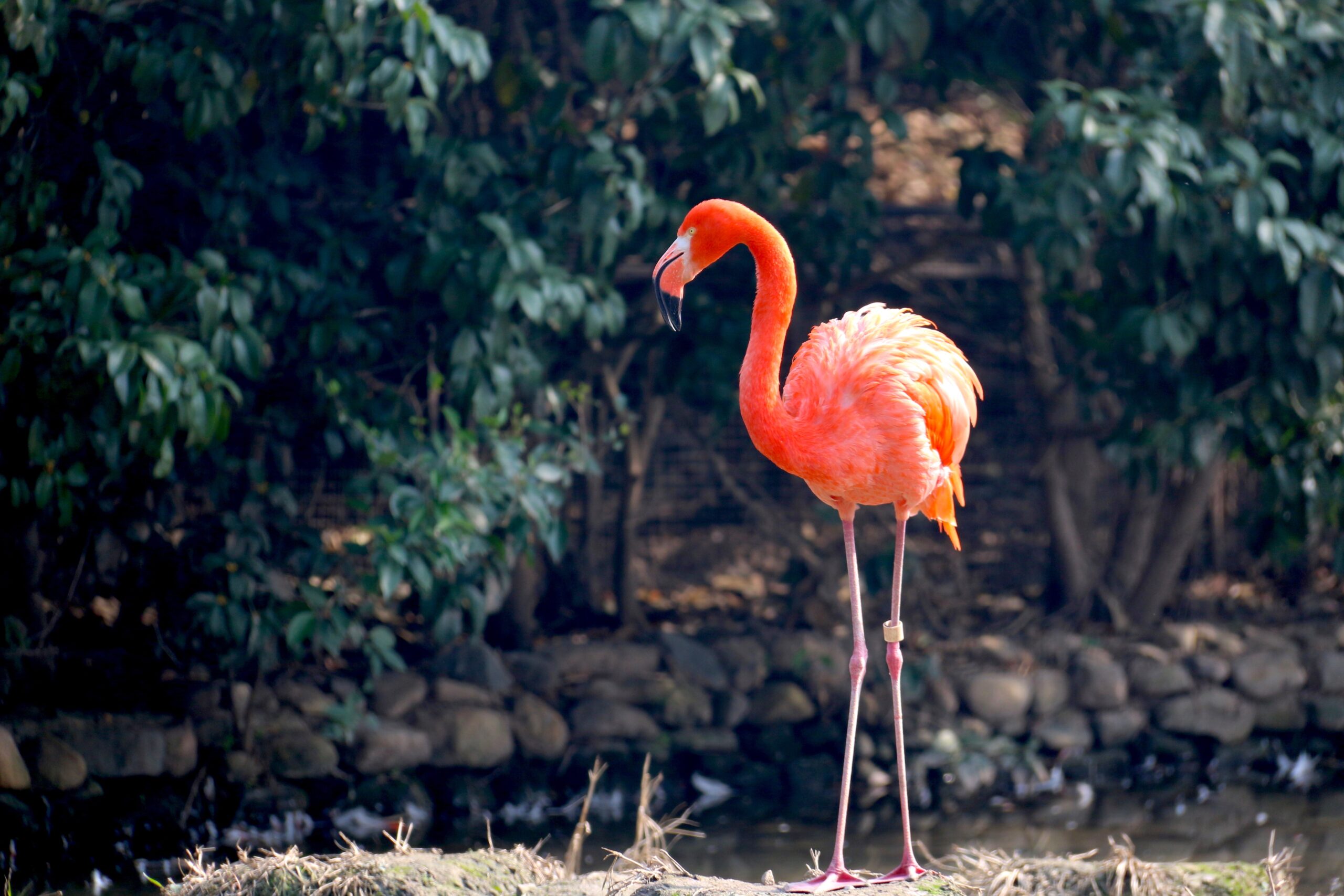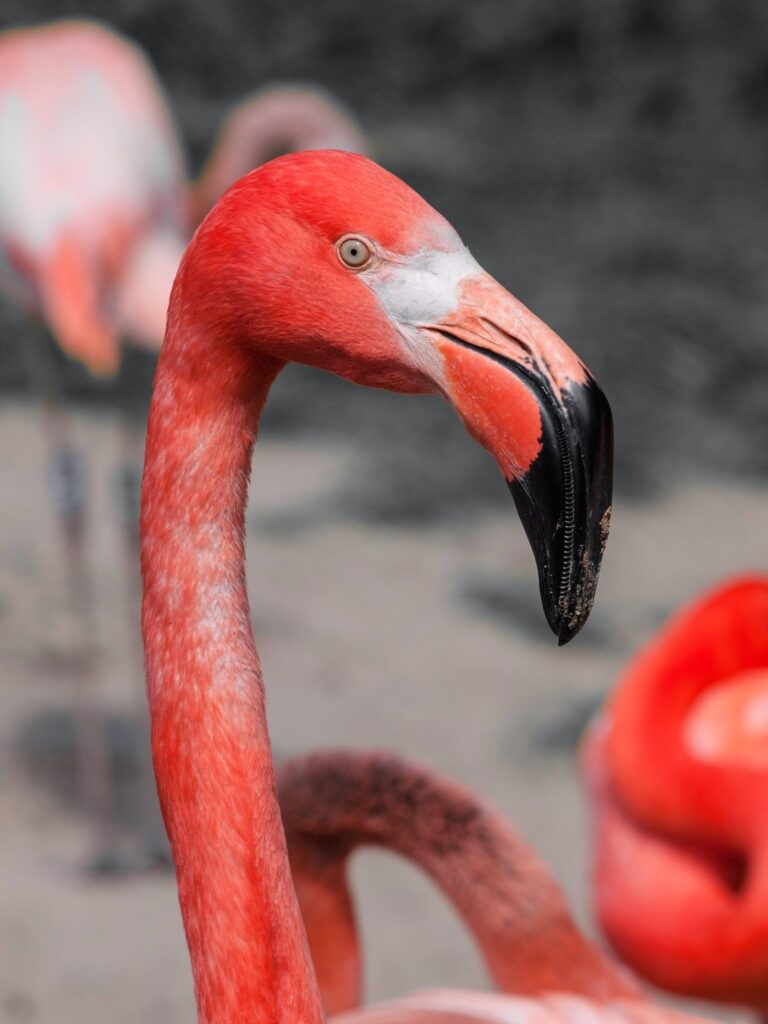
Why are flamingos pink?
Activity 1
Read this article out loud
Why are flamingos pink?
Flamingos, with their long legs and gracefully curved necks, are among the most captivating and iconic creatures in the animal kingdom. Their distinct and vibrant pink coloration has long intrigued scientists and nature enthusiasts alike. How and why are flamingos pink? This question has driven extensive research into the biology, ecology, and physiology of these remarkable birds, revealing a fascinating connection between their diet, biology, and the mesmerizing shade of pink that defines them.
The Diet of Flamingos: A Gateway to their Color
The answer to the enigma of flamingos' pink plumage lies within their unique diet. Unlike many other bird species, flamingos are filter feeders, meaning they forage on small aquatic organisms found in lakes and lagoons. Their diet primarily consists of algae, crustaceans, and mollusks, all of which harbor natural pigments known as carotenoids.
The Role of Carotenoids in the Pink Coloration
Carotenoids are organic compounds found in a range of plants and organisms, responsible for a multitude of hues in nature, from the yellow and orange hues of carrots to the reds and pinks found in flamingos. As flamingos consume organisms rich in carotenoids, these pigments are absorbed into their digestive system and subsequently transported throughout their bodies via the bloodstream. These carotenoids are then taken up by cells and deposited into growing feathers. As these feathers develop, they assume the distinctive shade of pink.
The Carotenoid Accumulation Process
Upon ingestion, carotenoids are absorbed by the flamingos' digestive system. Once in the bloodstream, these compounds are distributed to various parts of the body, including the rapidly growing feathers. This process gives rise to the vivid pink color that characterizes adult flamingos. The intensity of the color can vary based on factors such as the type and amount of carotenoids in their diet.
Color Variations and Significance
Flamingo pink is not a uniform shade; it ranges from delicate pastel to deep coral. These variations are attributed to diverse factors, including the specific carotenoids consumed and the individual flamingo's ability to absorb and store these pigments. A richer pink hue often suggests a diet abundant in carotenoids, reflecting not just an aesthetic trait, but a reflection of their nutritional intake.
A Visual Indicator of Health and Diet Quality
Beyond being a visual spectacle, the flamingos' striking pink coloration also serves as a potential indicator of their health and the quality of their diet. Carotenoids possess antioxidant properties, which can promote the overall health of these birds by combating harmful free radicals and bolstering their immune systems. Hence, the intensity of pink might correlate with the well-being of the flamingo.
The Pink Transition in Juvenile Flamingos
Flamingos do not hatch with their distinctive pink plumage. In fact, newly hatched chicks are often a grayish or white color. As they start consuming a diet rich in carotenoids, their feathers gradually undergo a transformation. It takes a few years for these young flamingos to fully develop their vibrant pink hue. The transition from dull to vibrant is a testament to the direct impact of carotenoid-rich diets on their coloration.

Activity 2
Write the title of this article and three original sentences about what you read, and send them for feedback.
Activity 3
Practice your listening skills with the following materials
More practice

For more practice, you can join my academy
and use my method:
memorization + acquisition + practice

